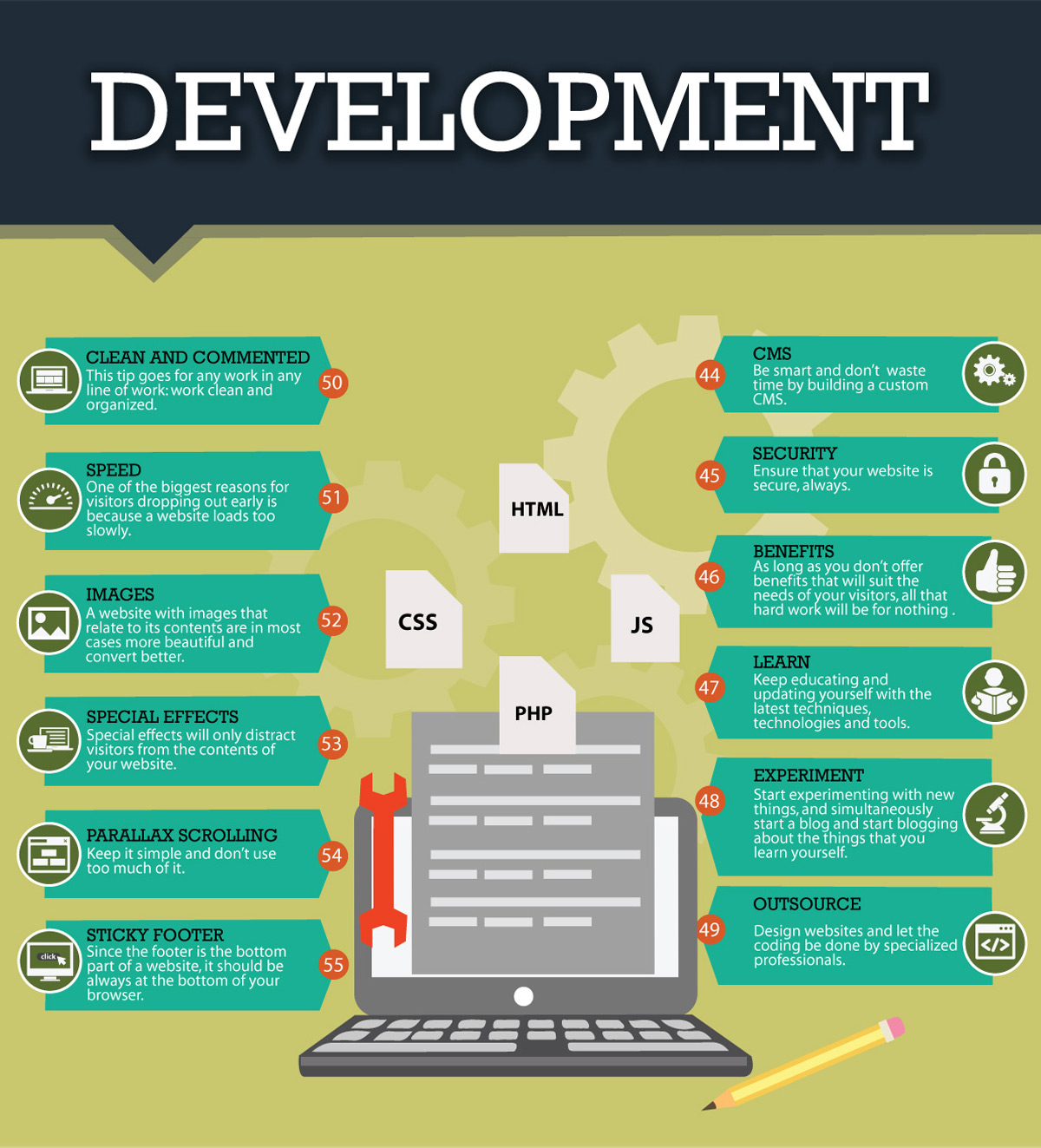Fascinated In Discovering Exactly How Website Design Has Advanced For Many Years? Explore The Journey From Standard, Uncomplicated Designs To User-Centric User Interfaces That Prioritize The Site Visitor'S Experience
Fascinated In Discovering Exactly How Website Design Has Advanced For Many Years? Explore The Journey From Standard, Uncomplicated Designs To User-Centric User Interfaces That Prioritize The Site Visitor'S Experience
Blog Article
Web Content Author-Abel Wong
In the past, websites were simple and concentrated on info. Navigating was straight, and layout was for desktop computers. Now, user experience is essential. Data guides layouts for simple navigation. Receptive formats suit different gadgets. Today, dark setting reduces strain, and minimalist menus improve navigation. Interactive attributes engage users, and bold visuals stand apart. AI assimilation enhances engagement. See just how design has progressed to enhance your on-line journey.
Early Days of Website Design
In the very early days of web design, simplicity preponderated. Sites were standard, with minimal colors, font styles, and designs. The focus got on providing details rather than showy visuals. Users accessed the net via slow dial-up connections, so speed and performance were essential.
Navigating food selections were straightforward, commonly located at the top or side of the page. Internet sites were developed for computer, as mobile browsing wasn't yet prevalent. try this out was king, and designers focused on easy readability over intricate design elements.
HTML was the primary coding language used, and designers needed to function within its restraints. Computer animations and interactive functions were minimal compared to today's standards. Web sites were static, with little vibrant web content or individualized customer experiences.
Rise of User-Focused Layout
With the development of internet site style, a change towards user-focused layout principles has ended up being progressively noticeable. Today, creating sites that focus on individual experience is vital for involving visitors and accomplishing service objectives. User-focused design involves understanding the needs, preferences, and habits of your target market to tailor the website's format, material, and includes appropriately.
Developers currently perform extensive study, such as customer surveys and functionality testing, to gather insights and feedback straight from individuals. This data-driven strategy assists in creating instinctive navigating, clear calls-to-action, and aesthetically enticing interfaces that resonate with visitors. By placing the individual at the facility of the style process, sites can deliver a more personalized and pleasurable experience.
Receptive layout has also become a vital aspect of user-focused design, ensuring that internet sites are optimized for various tools and display dimensions. This adaptability improves accessibility and functionality, dealing with the varied methods customers interact with internet sites today. Essentially, the rise of user-focused layout symbolizes a change in the direction of creating electronic experiences that prioritize the requirements and assumptions of completion individual.
Modern Trends in Website Design
Discover the most up to date trends shaping web design today. One noticeable trend is dark mode style, using a streamlined and contemporary appearance while minimizing eye pressure in low-light atmospheres. Another key trend is minimal navigation, simplifying food selections and enhancing user experience by concentrating on essential elements. Including micro-interactions, such as animated buttons or scrolling effects, can develop a much more interesting and interactive internet site. Responsive layout remains essential, guaranteeing smooth individual experiences throughout various tools. In addition, using vibrant typography and asymmetrical formats can include aesthetic rate of interest and draw attention to details web content.
Integrating AI technology, like chatbots for customer assistance or individualized referrals, improves user engagement and simplifies processes. navigate to this web-site has also come to be a considerable pattern, with designers focusing on inclusive design methods to satisfy diverse customer requirements. Embracing sustainability by maximizing internet site efficiency for speed and efficiency is an additional emerging fad in web design. Collaborating with individual feedback and data analytics to iterate and enhance style continually is necessary for staying pertinent in the ever-evolving digital landscape. By welcoming these modern-day patterns, you can develop a visually enticing, straightforward internet site that reverberates with your target market.
Verdict
As you reflect on the advancement of website style from the very early days to currently, you can see exactly how user-focused style has actually become the driving force behind modern patterns.
Embrace the journey of change and adjustment in web design, constantly maintaining the customer experience at the center.
Remain existing with the most up to date fads and innovations, and never stop evolving your approach to develop aesthetically spectacular and straightforward web sites.
Advance, adjust, and develop - the future of website design is in your hands.
